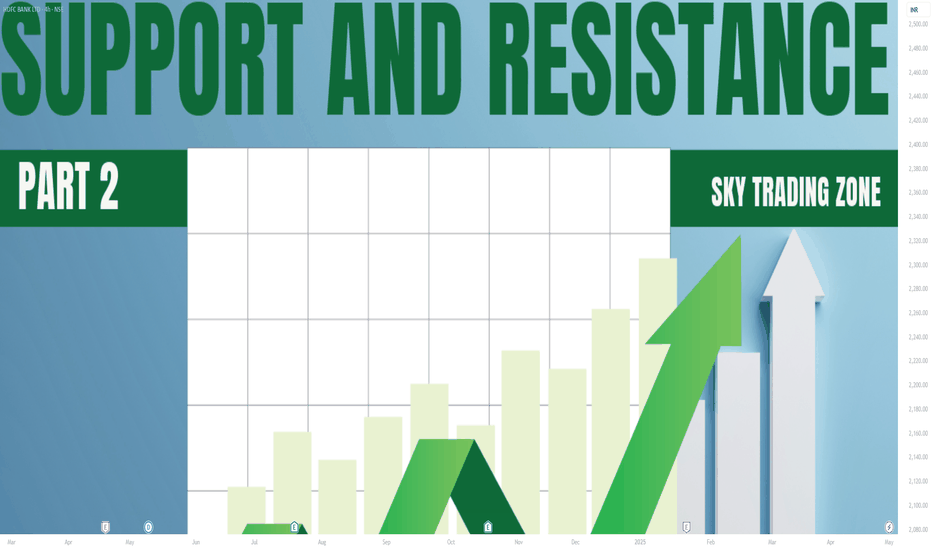Institution Trading prt 5Institutional trading refers to the buying and selling of financial assets by large organizations, like financial institutions, on behalf of their clients or members. These institutions manage large pools of capital and can significantly impact market prices and trends due to their size and trading volume. Unlike retail traders, institutional traders often have access to a wider range of investment opportunities and strategies.
Harmonic Patterns
Candlesticks Pattern part 1Candlestick patterns are visual representations of price movements within a specific timeframe, used in technical analysis to identify potential future price movements. Each candlestick represents a period's opening, high, low, and closing prices, and their combinations form patterns that can signal trend changes or potential continuations.
Institution Trading part 4Institutional trading consists of the purchase and sale of financial assets by institutions through their traders. This definition of institutional trading applies to institutional equity trading, institutional stock trading, institutional options trading - any subcategory.
Institutional TradingInstitutional trade refers to the buying and selling of financial assets by large financial institutions, such as hedge funds, mutual funds, and pension funds. These institutions often manage significant amounts of capital and make trades on behalf of their clients or members. They typically engage in large-scale transactions and require specialized tools and services.
Advanced Trading part 2In business, "trade advance" or "trade credit" generally refers to a short-term, interest-free loan provided by a supplier to a business, allowing the buyer to defer payment for goods or services. It's essentially an arrangement where a supplier allows a buyer to purchase goods on credit, with payment due at a later date, typically within 30 to 90 days.
Institution Trading StrategiesThis strategy involves taking advantage of price discrepancies between two or more markets or instruments. For example, an institution may buy a stock on one exchange where it is undervalued and simultaneously sell it on another exchange where it is overvalued, profiting from the difference.
Support and Resistance part 2Support occurs at the point where a downtrend is expected to pause due to a concentration of demand. Resistance occurs at the point where an uptrend is expected to pause due to a concentration of supply. Support and resistance areas can be identified on charts using trendlines and moving averages.
Technical ConceptA "technical concept" refers to a specific idea or principle within a technical field, like engineering, computer science, or a specific industry. It's a fundamental building block that helps explain how something works, what it does, and why it's used. These concepts are often complex and require a certain level of technical understanding.
Divergence In the stock market, divergence refers to when the price of an asset moves in a direction opposite to what a technical indicator, like an oscillator, indicates. This discrepancy can signal a weakening trend and a potential reversal. There are two main types of divergence: bullish and bearish.
Support and Resistance part 2In technical analysis, support and resistance refer to price levels on a chart where the market's movement is expected to pause or reverse due to the forces of supply and demand. Support is a price level where the price has historically stopped falling, indicating that buyers are plentiful at that price point, and that the market is likely to bounce back upwards. Resistance, on the other hand, is a price level where the price has historically stopped rising, suggesting that sellers are abundant and the market is likely to fall back down.
What is PCR ?PCR, or Polymerase Chain Reaction, is a molecular biology technique used to make many copies of a specific DNA segment. It's like a "molecular photocopying" process that amplifies a tiny DNA sequence into millions or even billions of copies. This technique is widely used in research, diagnostics, and forensics.
RSI ExplanationThe Relative Strength Index (RSI) is a momentum indicator used in technical analysis to assess the speed and magnitude of price changes. It helps traders identify potential overbought and oversold conditions in a financial instrument, suggesting when an asset might be nearing a trend reversal. RSI values range from 0 to 100, with readings below 30 often indicating oversold conditions and readings above 70 suggesting overbought conditions'
Option TradingOption trading involves buying or selling contracts that give the right, but not the obligation, to buy or sell an underlying asset (like a stock) at a specific price (strike price) by a certain date (expiration date). It allows traders to speculate on future price movements of an asset without actually owning it.






















